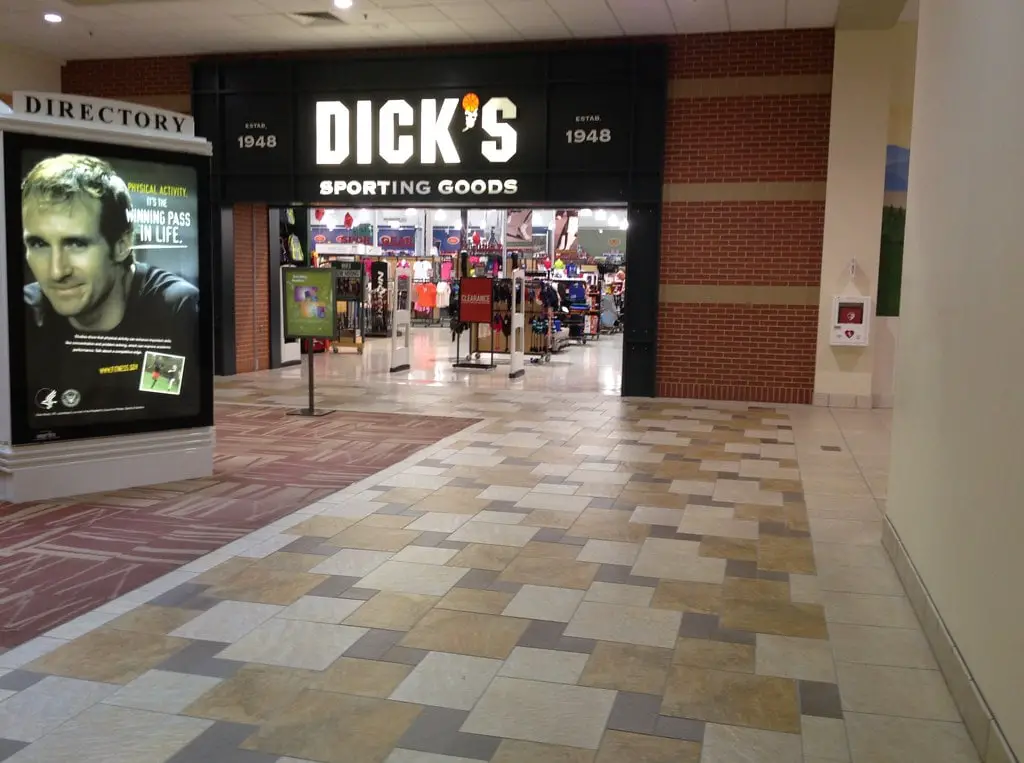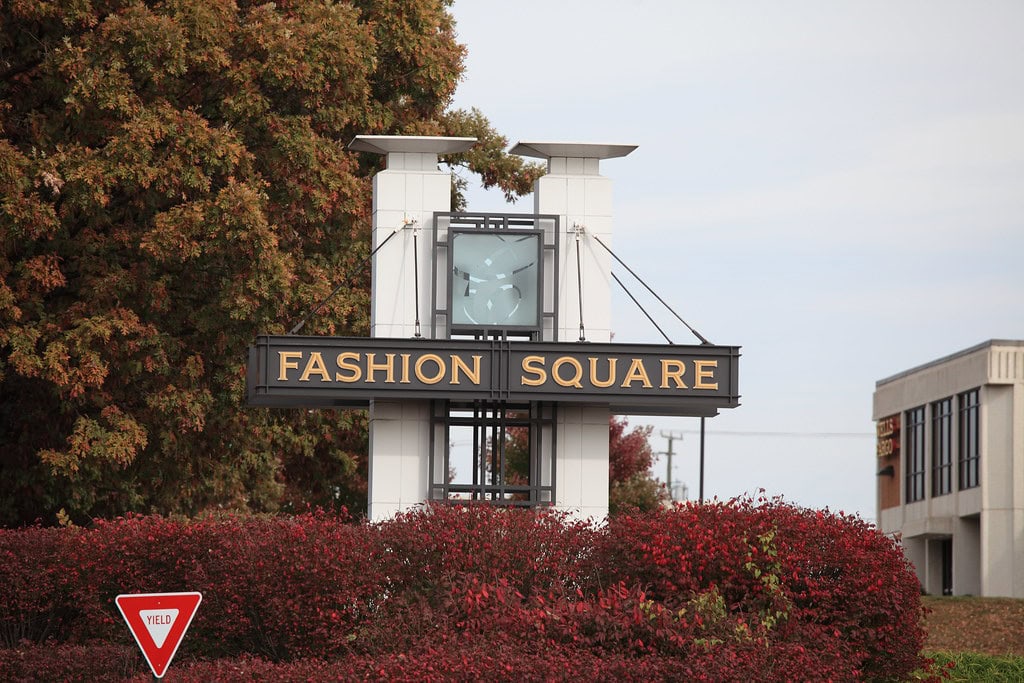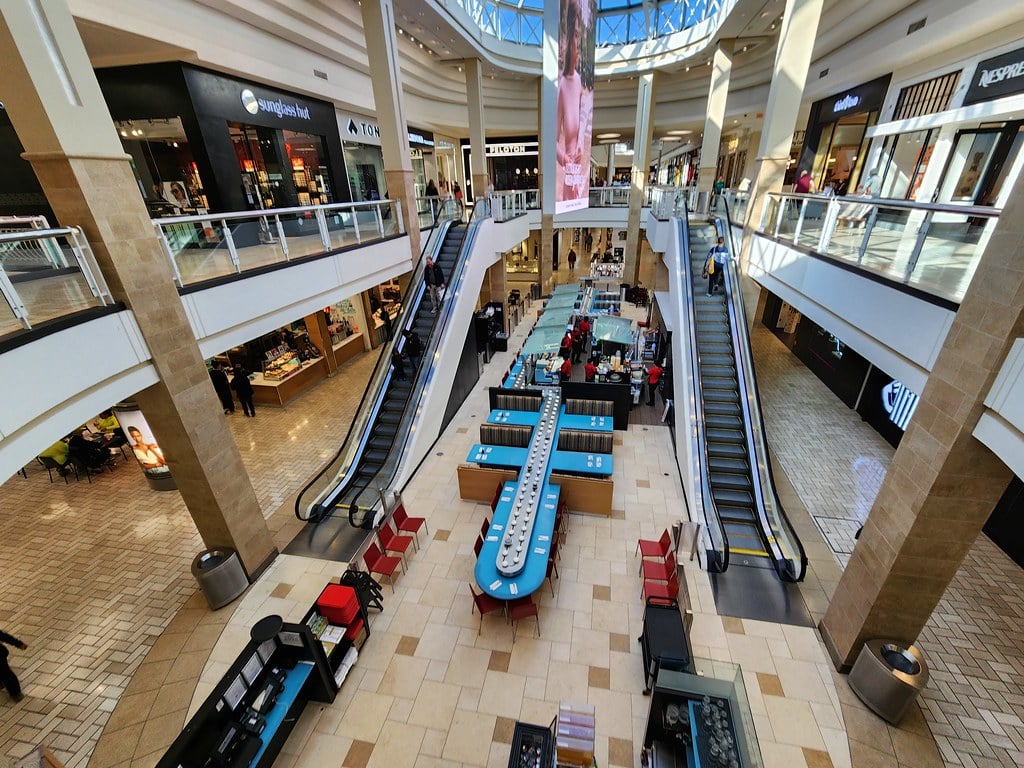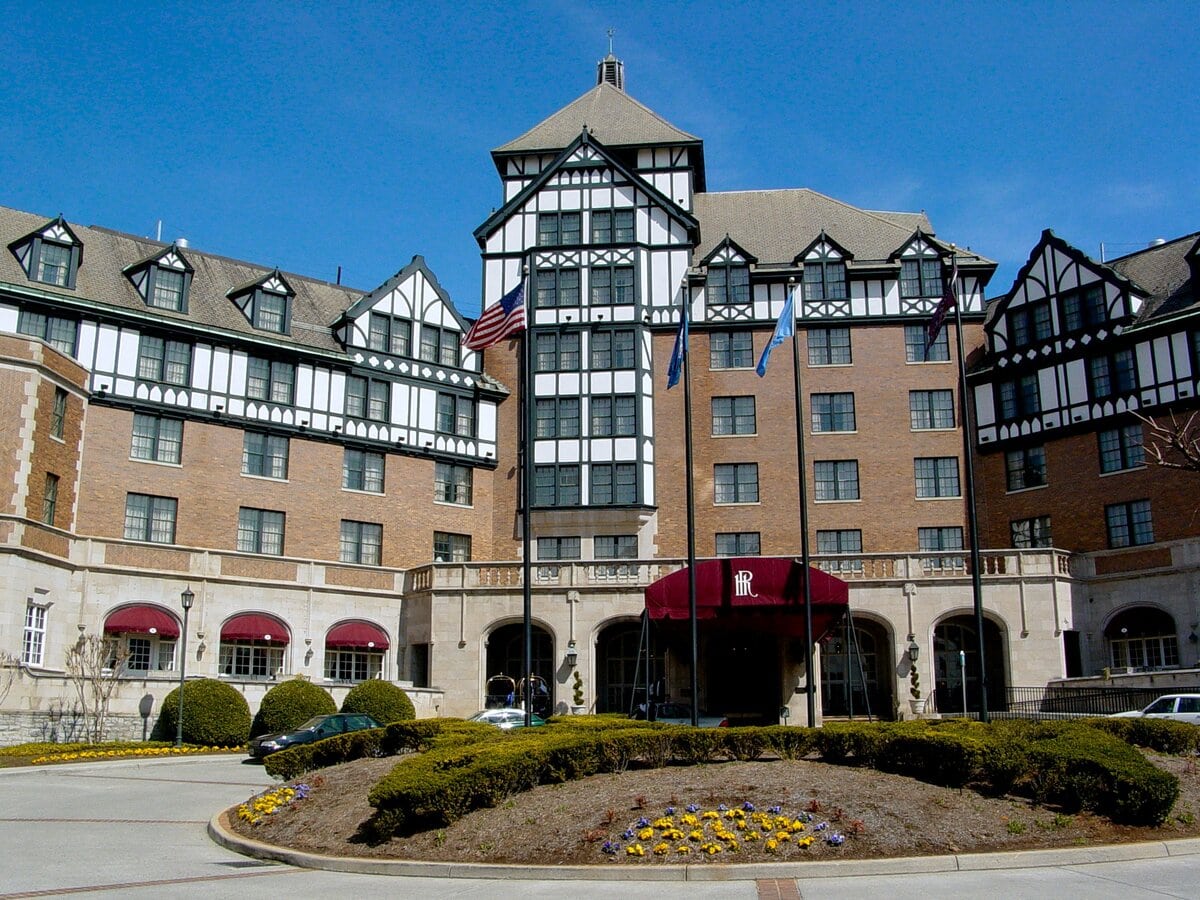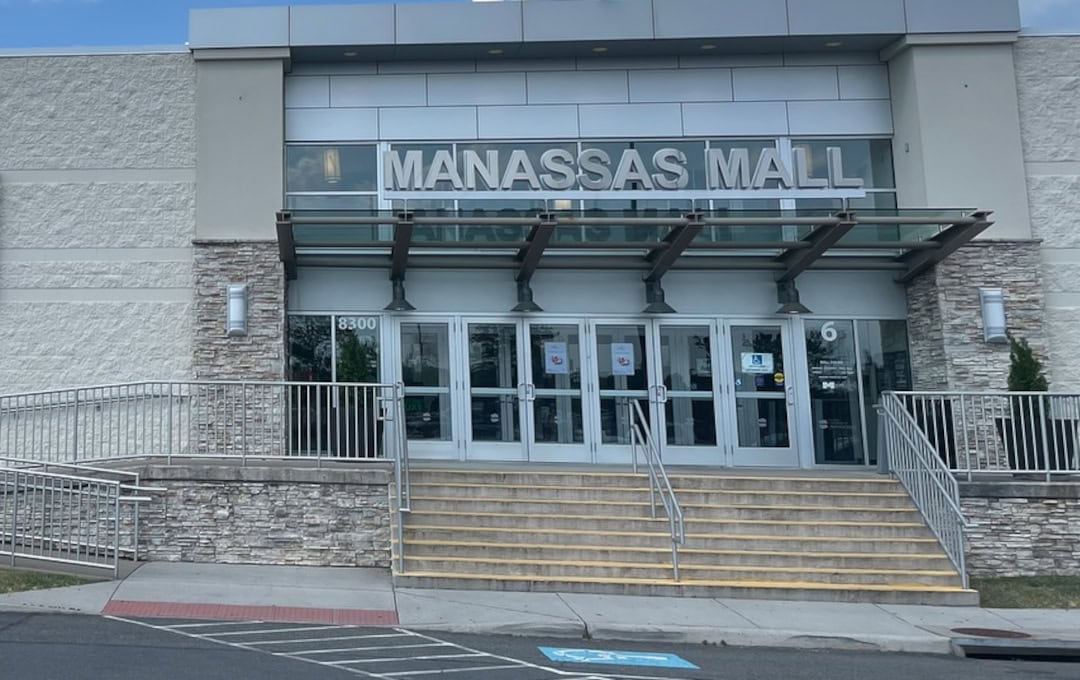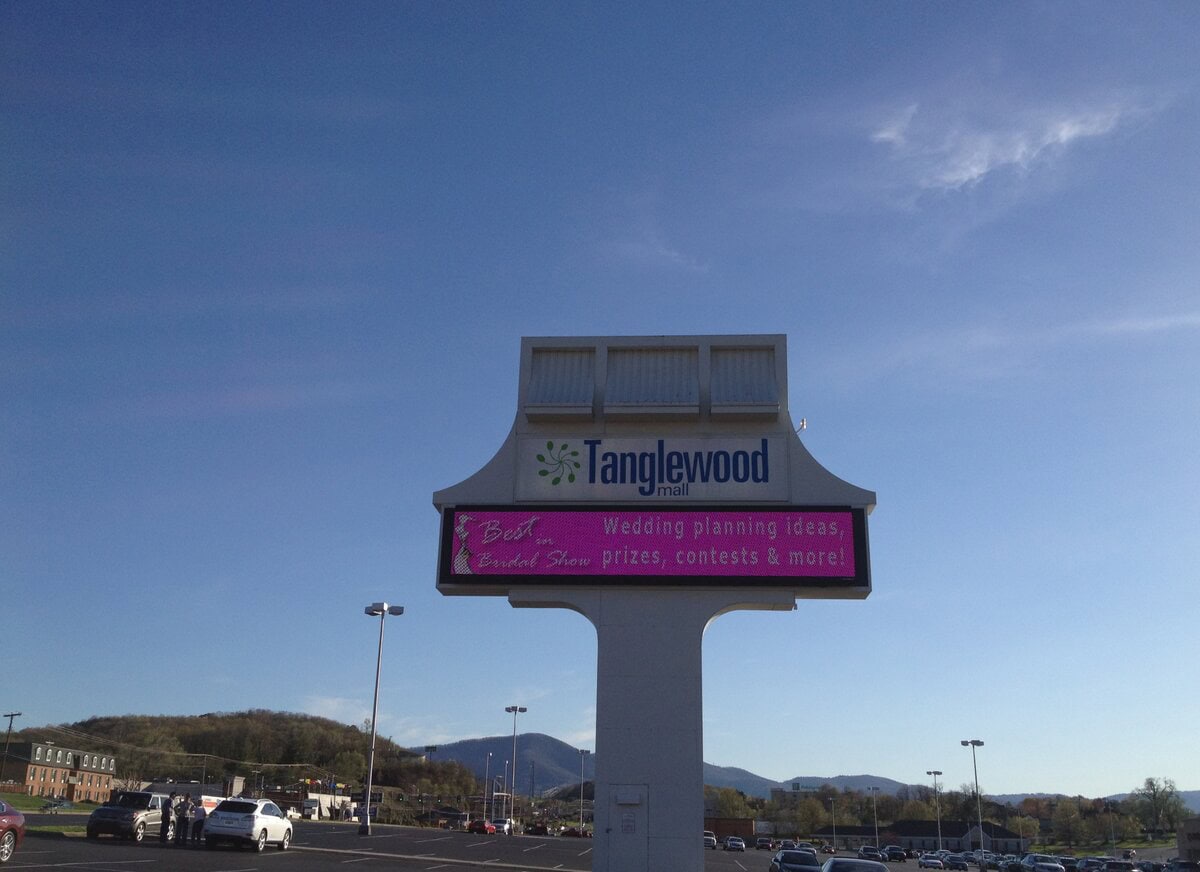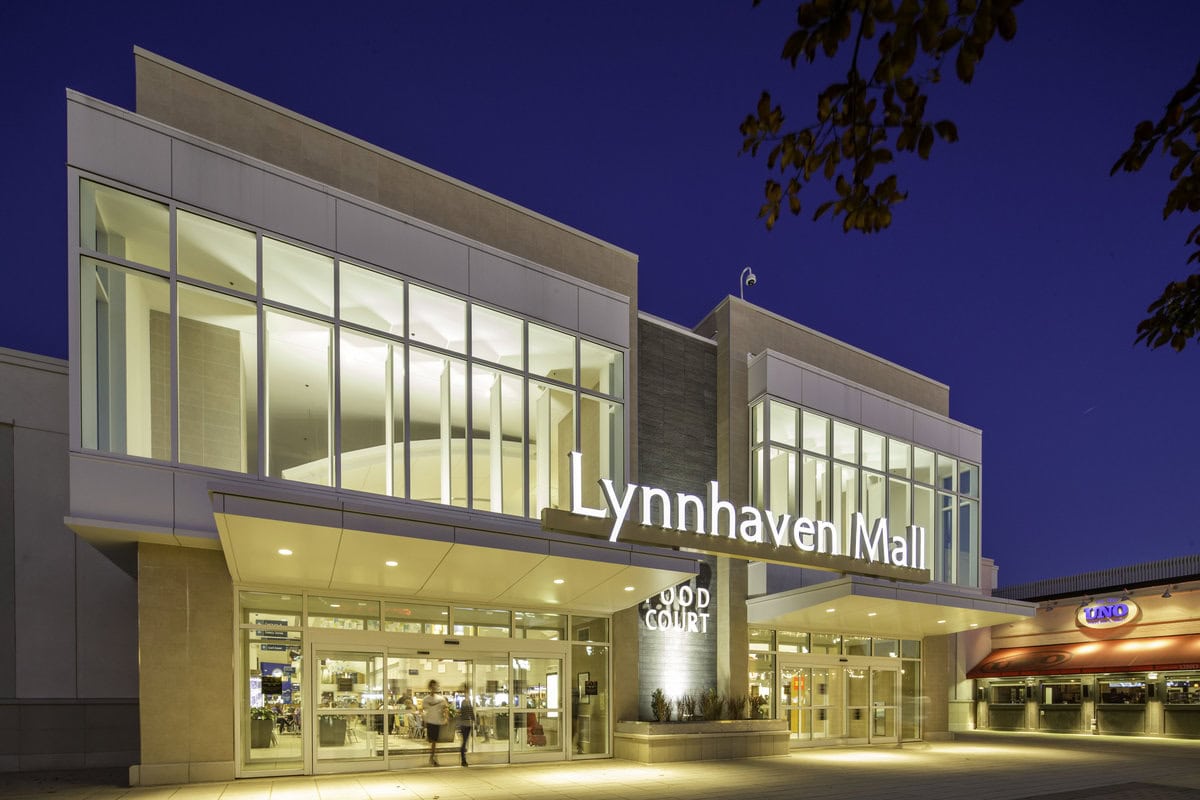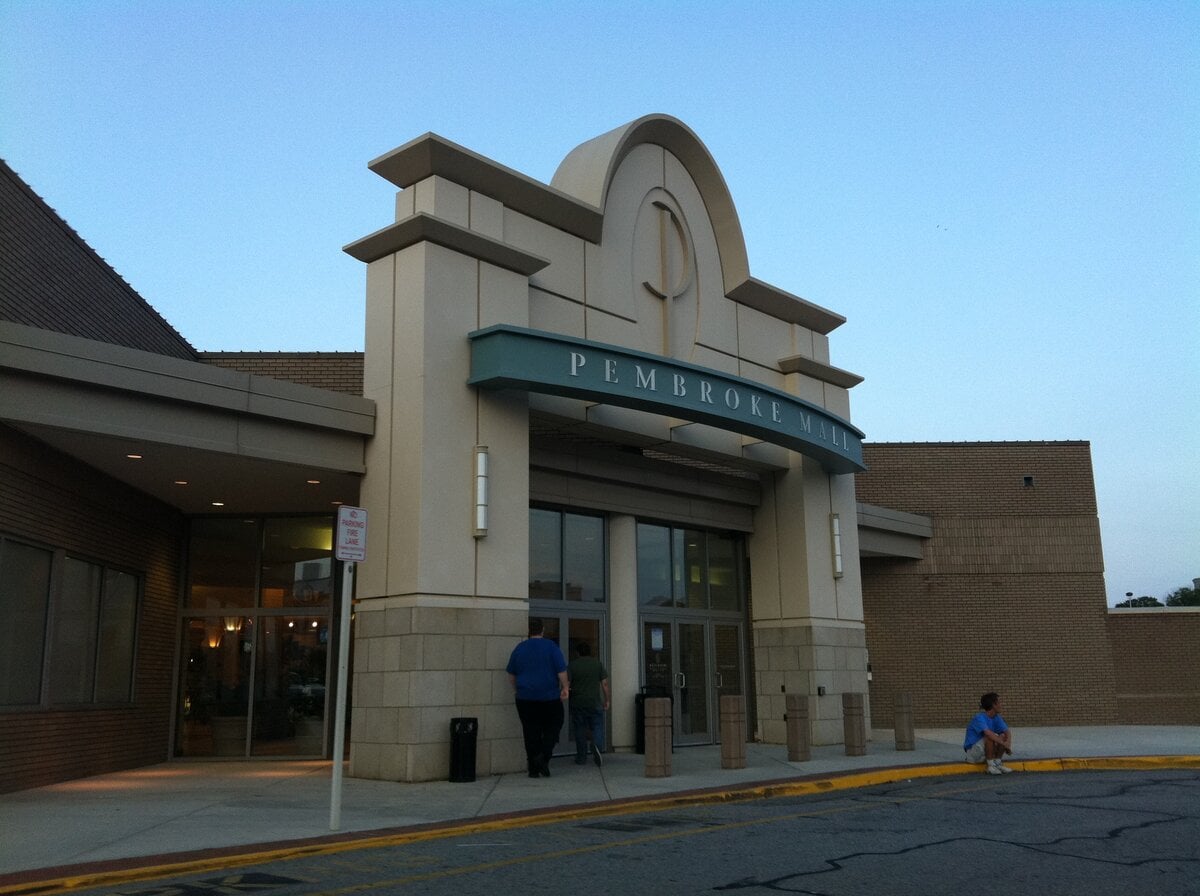Launching the Retail Footprint - The 1988 Opening of New River Valley Mall
Before it was Uptown Christiansburg, it was just a big patch of land off Peppers Ferry Road. Then Crown American showed up.
By late 1988, the New River Valley Mall opened in Christiansburg, Virginia, attracting anchor stores like Sears, JCPenney, Hess's, and Leggett (which would later become Belk).
Each had its own entrance, parking lot rows, and signage. This was the 1980s version of convenience.
There wasn't much like it nearby. Shoppers came from Radford, Pulaski, and Blacksburg. Some drove 30 minutes to try on shoes under fluorescent lights.
The town, which had leaned more rural than commercial, suddenly had a mall with four anchors and more than 50 stores inside.
It gave locals options and pulled student traffic from Virginia Tech, just twelve miles up the road.
The interior had polished tiles, planters with plastic greenery, and skylights that let in just enough daylight to make the place feel modern.
But for many, it was the first time shopping for clothes and grabbing lunch happened in the same building.
It quickly became one of the things to do in Christiansburg, Virginia.
By 1990, retailers like Foot Locker, Waldenbooks, and RadioShack filled the small-box spaces between anchors.
Department stores brought in big names - Liz Claiborne at Hess's, Arizona Jeans at J.C. Penney.
Holiday sales were packed. Parking overflowed onto the side roads during back-to-school weekends.
But under all that buzz, there were already signs of imbalance. Some storefronts sat empty even within the first few years.
The mall never reached full occupancy, hovering around 75% through most of the 1990s.
Still, it had a foothold. And in that era, a foothold was enough to build on.
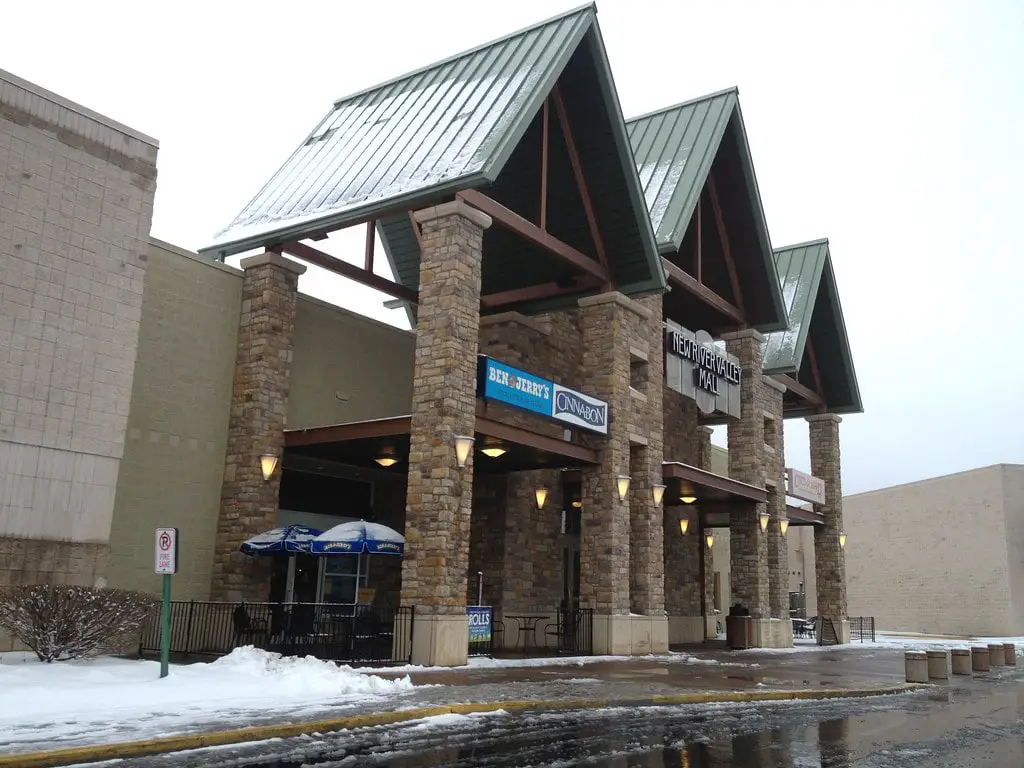
Vacancy, Retrofits, and the Search for Stability in the 1990s-2000s
Then came PREIT. The Pennsylvania Real Estate Investment Trust, which had picked up a chunk of Crown American's portfolio, took over and started making changes.
It didn't overhaul everything - but it tried to modernize what it could. The Belk store got an expansion. Peebles moved into the old Hess's space, and Dick's Sporting Goods replaced Peebles later on.
The plan was simple: bring in stronger retail brands, freshen up the lineup, and maybe draw people back.
Meanwhile, the old cinema - once a draw for high schoolers on Friday nights - closed.
Instead of leaving it to collect dust, management turned it into a small food court and a satellite campus for New River Community College.
By 2006, the school was offering classes next to Auntie Anne's.
Retailers cycled in and out. Claire's and Bath & Body Works stayed, but others - Goody's, Hallmark, and Waldenbooks - didn't.
Malls everywhere were facing the same problem: online shopping was creeping in, and big-box centers along Route 460 began pulling businesses away.
Throughout the 2000s, the mall tried to stay competitive by holding sales events, doing light remodeling, and occasionally opening new stores.
Management leaned on its strengths: reliable anchors, local leasing, and short-term promotions. It worked - just enough.
Turnover, Acquisitions, and the Path to Rebranding
Sears closed its doors in 2014. For months, the entrance sat shuttered with papered windows. Then, in 2015, Kohl's moved in.
It had the same footprint but cleaner branding. The changeover marked the start of a new cycle - more corporate reshuffling and strategic leasing.
In 2016, Farallon Capital Management acquired the mall from PREIT and brought in CBL & Associates Properties to run it.
They aimed to reshape the tenant mix. When JCPenney closed in 2017, the space didn't stay empty long.
Construction crews gutted the interior, splitting it into smaller retail units. The following year, HomeGoods, Ulta, and Kirkland's opened in the newly divided anchor space.
That same year, in 2018, Planet Fitness announced it was taking over part of the Kohl's wing.
It wasn't a traditional mall tenant, but it brought in foot traffic during off-peak hours - early mornings, late evenings, and weekends.
By fall 2019, RockStep Capital stepped in and bought the property for $21.6 million.
It was a quiet acquisition - no grand announcements, just a shift in ownership.
But behind the scenes, the rebranding had already started: new signage, new leasing strategies, more effort to book events, and push local marketing.
Rebranding, Events, and the Push for Foot Traffic After 2020
In July 2020, the mall officially changed its name to Uptown Christiansburg.
The move wasn't just about image - it came with new banners, updated interior wayfinding, and a branding push that centered the mall as a lifestyle space rather than just a shopping destination.
Retail had changed. Malls were either evolving or fading out. This one tried to evolve.
And under RockStep's ownership, it was betting on mixed tenants, reworked anchors, and local visibility to stay in the game.
Tenants like Planet Fitness and New River Community College gave it flexibility - it could be used to work out, grab groceries, or take a class - all under one roof.
That pitch showed up everywhere: on social media, in print ads, and even at town council meetings.
Events helped pull traffic back. In 2022, the mall hosted a Spring Carnival in the parking lot. There were rides, games, pop-up booths.
That same year, it held a Direct Sales Show in the common area, which was filled with vendors from Scentsy, Pampered Chef, and Mary Kay.
On weekends, community tables lined the concourse: blood drives, Girl Scout cookie booths, and voter registration setups.
The mall wasn't packed every day, but these events gave people reasons to stop by - even if just to walk around.
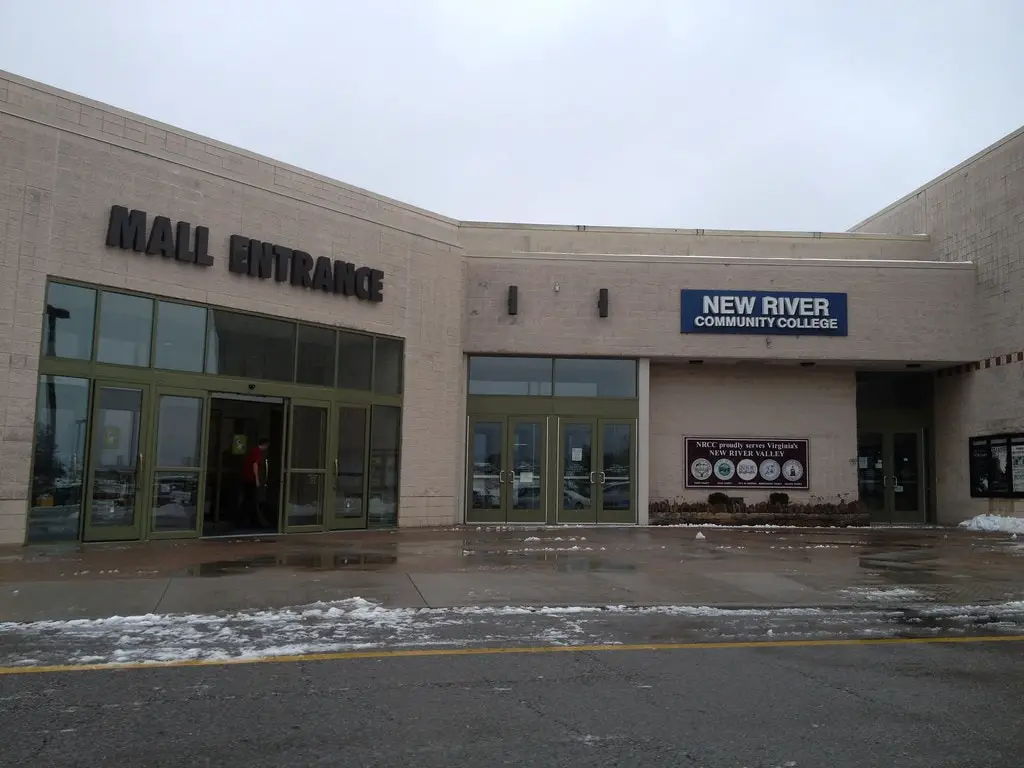
The Current Lease Mix and What Comes Next in 2025
As of spring 2025, Uptown Christiansburg remains active with over 40 operating tenants.
The four major anchors - Kohl's, Belk, HomeGoods, and Dick's Sporting Goods - are all still in place and open.
The mall's current mix includes national retailers such as American Eagle Outfitters, Bath & Body Works, Shoe Dept. Encore, Claire's, Hot Topic, Hallmark, Spencers, and Ulta Beauty.
White Barn Candles, which is part of the same company as Bath & Body Works, is also listed among current stores.
Service-based and wellness tenants now make up a broader share of the directory.
These include Planet Fitness, Jazzercise, Ultimate Touch Salon Co., Nail Trix Salon, Primped 365, Relaxation Spa, and IBrow Design.
New River Community College continues operating its satellite campus, and the Armed Forces Recruiting Center maintains its location inside the mall.
Local businesses and specialty shops round out the list: Adventure Hobbies & Toys, Avalon Shelton Studios, Crown & Field Menswear, Henebry's Jewelers, Wonder Universe (a children's museum), Paint N Fun Ceramics, and Lyons Team Realtors.
There's also a mix of gift, craft, and food-focused stores, including Tea & Totally Gifts, Twist & Shake, and New River Coffee.
A storefront for "Majesty & Veil Couture" is listed as coming soon.
Vacancy remains part of the picture. Some wings are quieter than others. A few storefronts sit unleased, covered with backlit posters advertising leasing opportunities.
The mall's event calendar features several attractions:
- Spring Carnival (March 27 - April 5, 2025): An annual event offering rides, games, and food, providing entertainment for families in the New River Valley.
- Direct Sales Show (April 12, 2025): A gathering of local vendors and entrepreneurs showcasing products and services to the community.
- Pinewood Derby (April 19, 2025): A traditional racing event that brings together participants of all ages for a day of competition and camaraderie.
These events underscore the mall's commitment to fostering a vibrant community atmosphere.
Outside the mall, development continues. The Clifton Town Center project broke ground in 2024 across the street.
It's planned to bring a mix of retail, apartments, and public gathering spaces. According to site renderings, it'll include a town plaza, open-air dining, and walkable streets.
Whether that helps or competes with Uptown Christiansburg is still unclear.
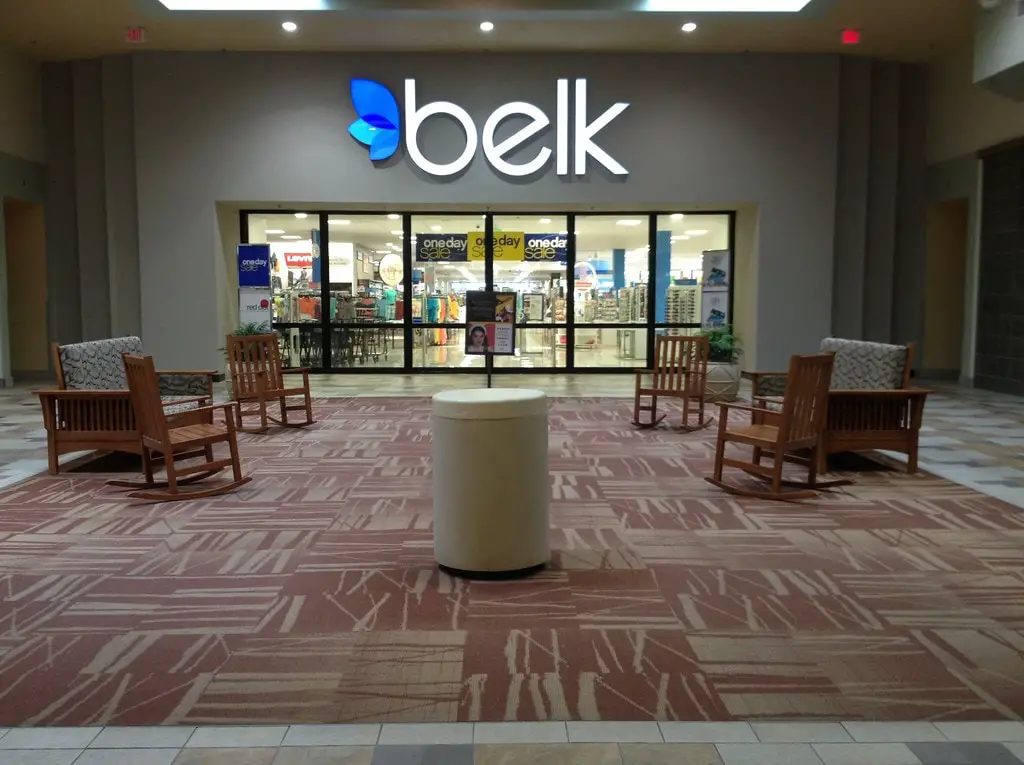
Clifton Town Center and a Question of Flow
If finished as pitched, it will house shops, restaurants, office space, and more than 500 new housing units.
These are not stacked apartments, either - townhouses and walk-ups, some facing a planned public plaza.
It's designed to feel less like a mall and more like a neighborhood.
The developers say it's meant to complement Uptown Christiansburg, not compete with it.
But on paper, their tenants will offer the same: retail, food, events, and foot traffic - just in a newer shell.
Meanwhile, a separate project is quietly moving through state channels. Virginia Passenger Rail Authority has greenlit funding to bring Amtrak service to Christiansburg by 2027.
The plan includes a high-level platform, a 100-car parking lot, and a renovated historic station in Cambria.
Trains would run from here to Roanoke, then D.C., and beyond. Officials call it "restoring access." Locals call it "finally."
No one has said yet how that new flow of travelers might impact the mall. It depends on whether people stop or keep moving.
A rail station, a new town center, and a mall that's still open - each part waiting to see where the traffic will go.
